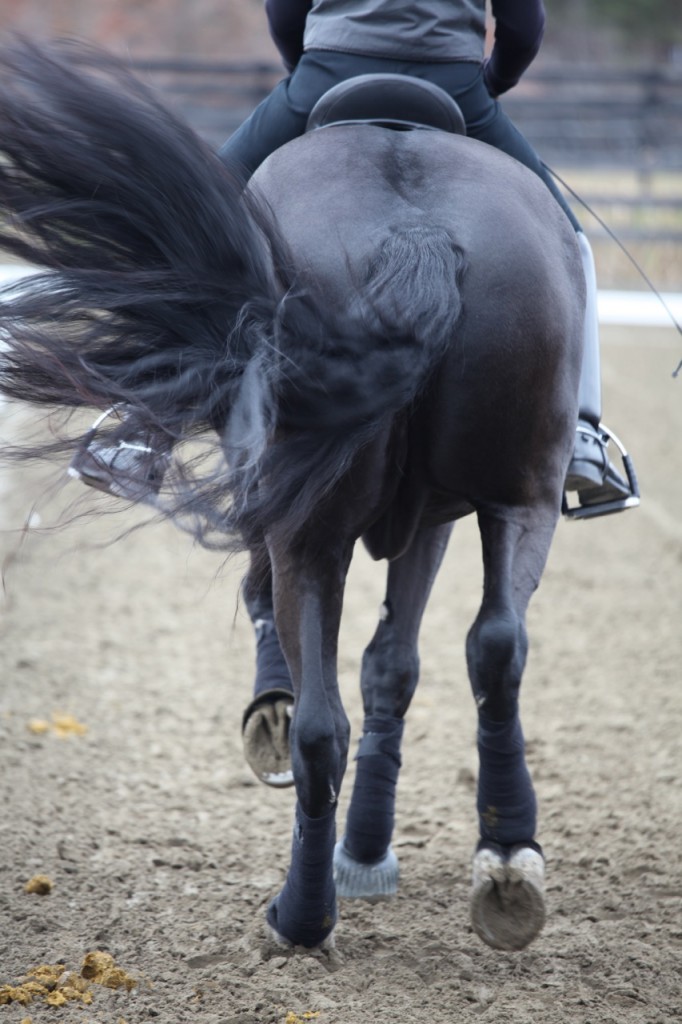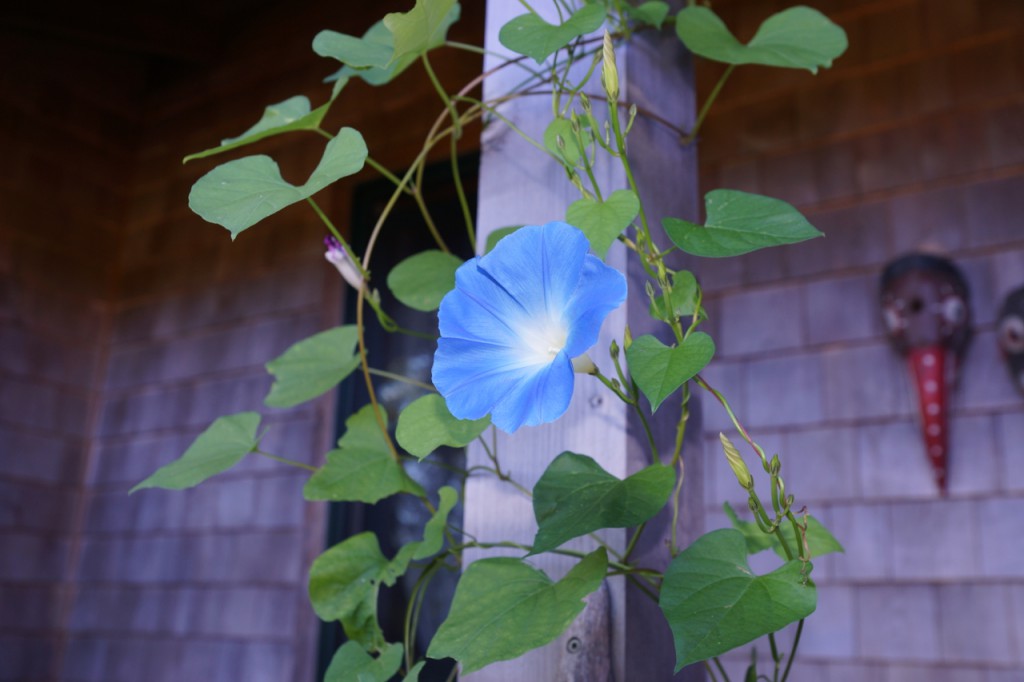 Photo: Jeffrey Anderson
Photo: Jeffrey Anderson
Here are a few more mindful riding words from my forthcoming book, The Common Body
- Pausing
Pausing intentionally interrupts what can be an automatic flow and bring us back into a state of mindfulness. As you are grooming and tacking up, pause, coming fully into stillness even if only for a moment. Consciously alternate between moving and moments of stillness. Be still for longer than is comfortable. Notice what this does to your feeling of your own body and its relationship to your horse.
Use pausing during your ride. Transition downward into a halt, but with a feeling of settling into stillness rather than just stopping. Imagine all the cells of your body and your horse’s body coming “home” into a fluid stillness. Notice how this is different from a halt, how the quality of that stillness and completion has a fluid balance to it rather than a more muscular “stop.” How fluidly can you transition from that stillness back into forward movement? Can you do it without either you or the horse bracing or stiffening?
- Helping, not Making (from Mark Rashid)
Many of the lessons that we teach our horses (or our children) are intentional and some are inadvertant, unconscious. They learn lessons about behavior, action and relationship through our moments of inattention and carelessness as well as our moments of awareness and mindful guidance. When we punish them for the things we have inadvertantly taught, they are learning another lesson about our inconsistency and untrustworthiness.
In riding, because there is another body, sometimes control overshadows communication, harshness and impatience displace softness and connection. We are riding by making statements and declarations, forgetting to ask the question. The horse – a perfect mirror of our inner state – will tell us when we are getting it wrong. They will also let us know when we have it right. Be clear about what and how you are asking moment-by-moment. Helping means looking for emotional and physical balance, consistency and fairness throughout the ride.
- Be a Traveler
“Traveling is a rare state. Most people live their daily lives, here and everywhere, appreciating and gravitating toward routine and pattern, creating a known world in the midst of chaos. The traveler invites and cultivates the unknown, the absence of routine with the question, what do I want?” Rachel Kaplan[i]
Humans are often eager to get there, and have a hard time relishing the journey. Traveling invites a sense of perspective, an awareness of where we have been, where we are now and where we are going. It requires that you journey in your own experience, letting the familiar become unfamiliar. Composer Pauline Oliveros teaches the “unique strategy,” asking us to repeat a simple gesture or sound over and over, letting each repetition be unique, unlike any of those before. Practicing the unique strategy means that this ride, this breath, this moment are unlike any other.
[i] Rachel Kaplan, “Some Traveler’s Tales,” Taken by Surprise: A Dance Improvisation Reader, edited by Ann Cooper-Albright and David Gere.
 I will be teaching a Moving Target workshop this Saturday at Green Street Studios, 185 Green Street, Cambridge.
I will be teaching a Moving Target workshop this Saturday at Green Street Studios, 185 Green Street, Cambridge.

